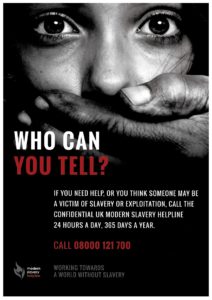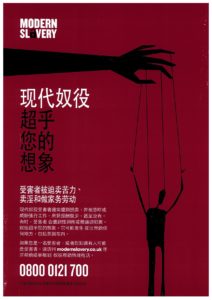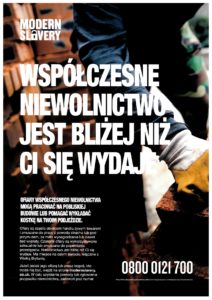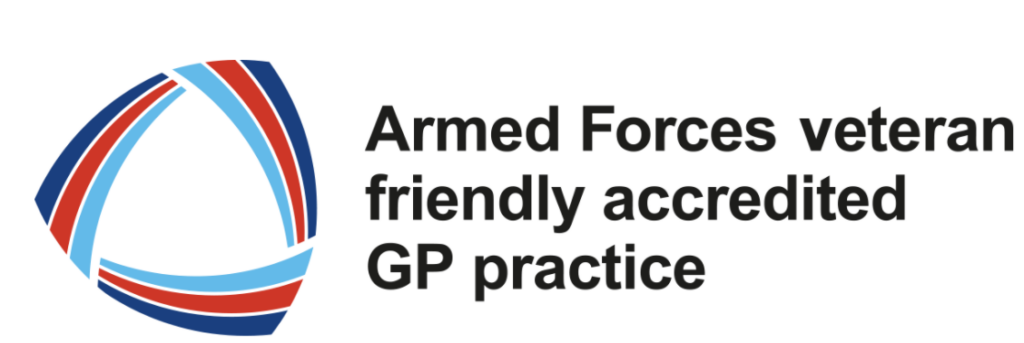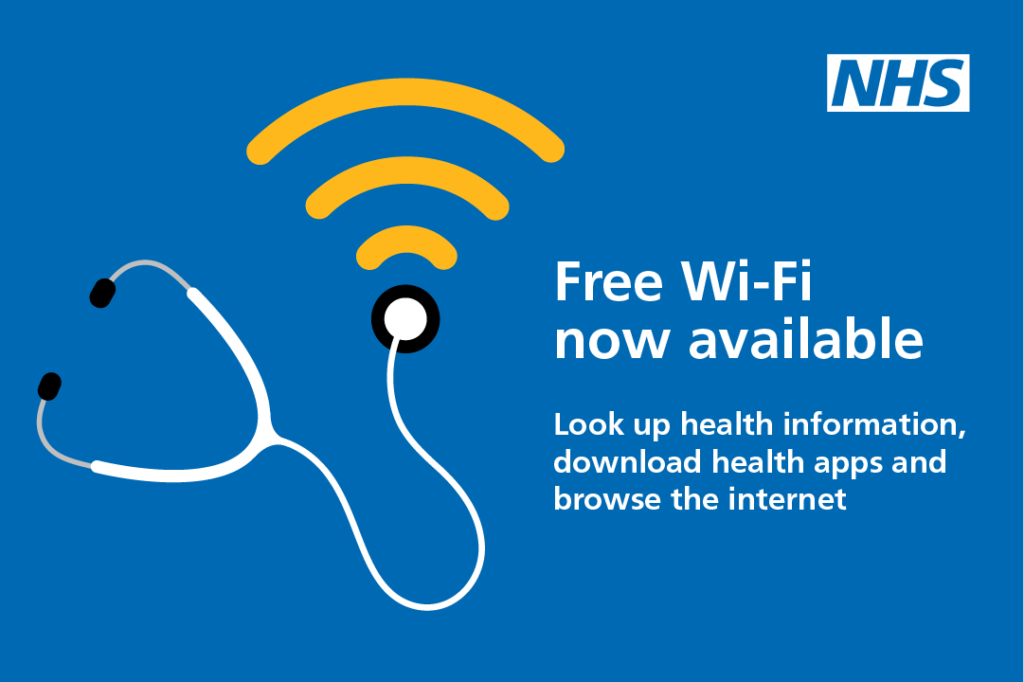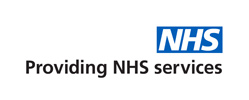What is Human Trafficking?
Human trafficking is modern-day slavery and involves the use of force, fraud, or coercion to obtain some type of labour or commercial sex act. Millions of men, women, and children are trafficked into forced labour situations and into the sex trade worldwide. Many of these victims are lured from their homes with false promises of well-paying jobs; instead, they are forced or coerced into prostitution, domestic servitude, or other types of forced labour. Victims are found in legitimate and illegitimate labour industries, including sweatshops, massage parlours, agricultural fields, restaurants, hotels, and domestic service. Human trafficking is different from human smuggling. Trafficking is exploitation-based and does not require movement across borders or any type of transportation.
Who are the Victims? Who is at Risk?
Trafficking victims can be any age, race, gender, or nationality. Trafficking victims can be men or women, young or old, American or from abroad, with or without Legal status. Traffickers prey on victims with little or no social safety net. They look for victims who are vulnerable because of their illegal immigration status, limited English proficiency, and those who may be in vulnerable situations due to economic hardship, political instability, natural disasters, or other causes. The indicators listed are just a few that may alert you to a potential human trafficking situation. No single indicator is necessarily proof of human trafficking.
How do I Identify Human Trafficking?
Human trafficking is often “hidden in plain sight.” There are a number of red flags, or indicators, which can help alert you to human trafficking. Recognizing the signs is the first step in identifying victims.
Some Indicators Concerning a Potential Victim Include:
Behaviour or Physical State:
- Does the victim act fearful, anxious, depressed, submissive, tense, or nervous/paranoid?
- Does the victim defer to another person to speak for him or her?
- Does the victim show signs of physical and/or sexual abuse, physical restraint, confinement, or torture?
- Has the victim been harmed or deprived of food, water, sleep, medical care, or other life necessities?
- Does the victim have few or no personal possessions?
Social Behaviour:
- Can the victim freely contact friends or family?
- Is the victim allowed to socialize or attend religious services?
- Does the victim have freedom of movement?
- Has the victim or family been threatened with harm if the victim attempts to escape?
Work Conditions and Immigration Status:
- Does the victim work excessively long and/or unusual hours?
- Is the victim a juvenile engaged in commercial sex?
- Was the victim recruited for one purpose and forced to engage in some other job?
- Is the victim’s salary being garnished to pay off a smuggling fee? (Paying off a smuggling fee alone is not considered trafficking.)
- Has the victim been forced to perform sexual acts?
- Has the victim been threatened with deportation or law enforcement action? Is the victim in possession of identification and travel documents; if not, who has control of the documents?
The National Referral Mechanism (NRM)
The National Referral Mechanism (NRM) is a framework for identifying victims of human trafficking and ensuring they receive the appropriate protection and support. The NRM is also the mechanism through which the UKHTC collects data about victims. This information contributes to building a clearer picture about the scope of human trafficking in the UK. The NRM was introduced in 2009 to meet the UK’s obligations under the Council of European Convention on Action against Trafficking in Human Beings. At the core of every country’s NRM is the process of locating and identifying “potential victims of trafficking” (PVoT). The NRM grants a minimum 45-day reflection and recovery period for victims of human trafficking. Trained case owners decide whether individuals referred to them should be considered to be victims of trafficking according to the definition in the Council of Europe Convention.
- 2,340 potential victims were referred in to the National Referral Mechanism in 2014; a 34% increase on 2013
- Potential victims of trafficking were reported to be from 96 different countries of origin
- The most common exploitation type recorded for potential victims exploited as an adult was sexual exploitation
- The most prominent exploitation type recorded for potential victims first exploited as a minor, where known, was labour trafficking
- Potential victims originating from Albania represented 19% of all referrals to the NRM in 2014
(Ref: National Referral Mechanism Statistics – End of Year Summary 2014)
If you suspect an adult has been trafficked please contact your local Police on 101
More information about how to report are contained in these leaflets
